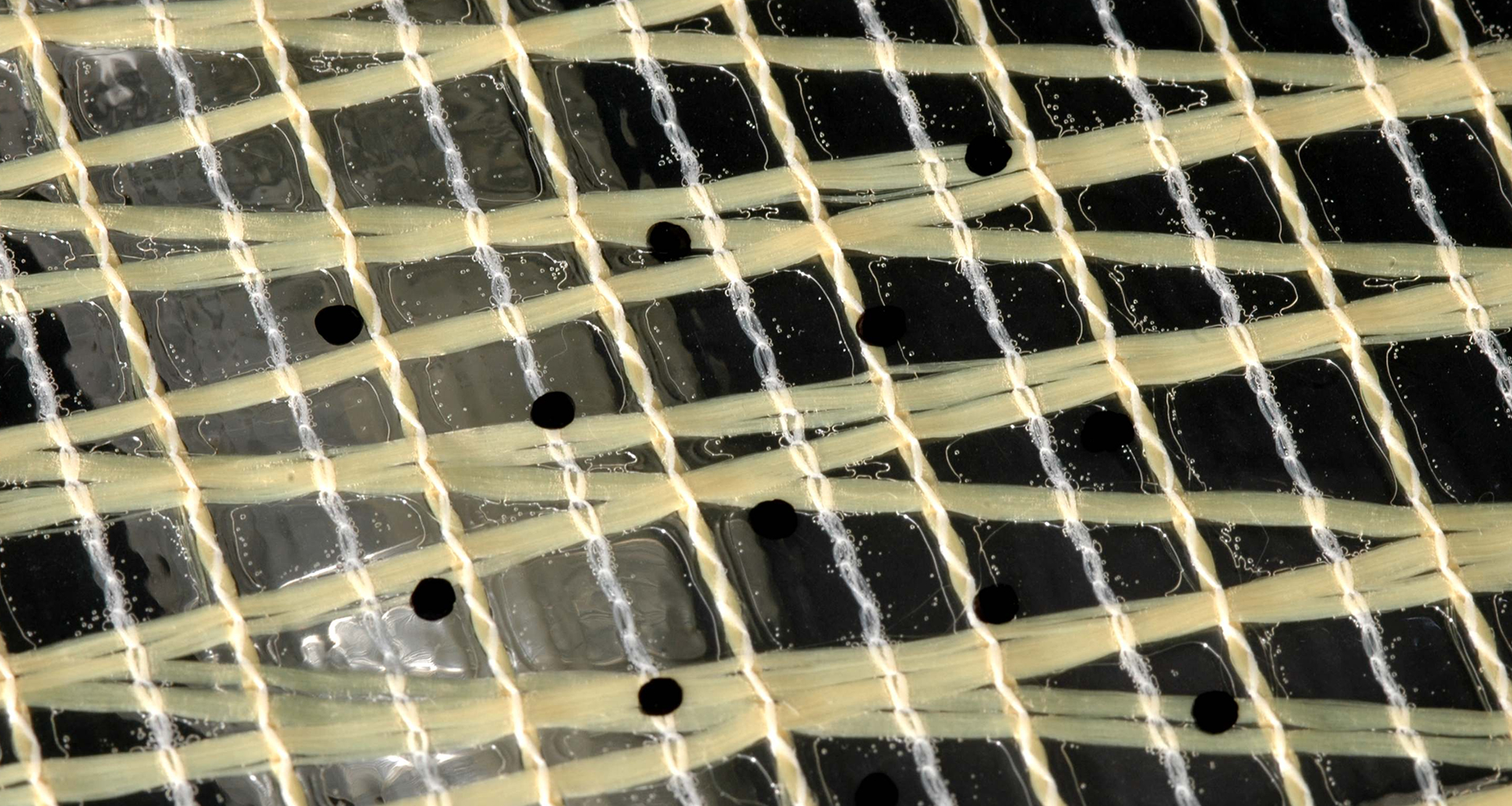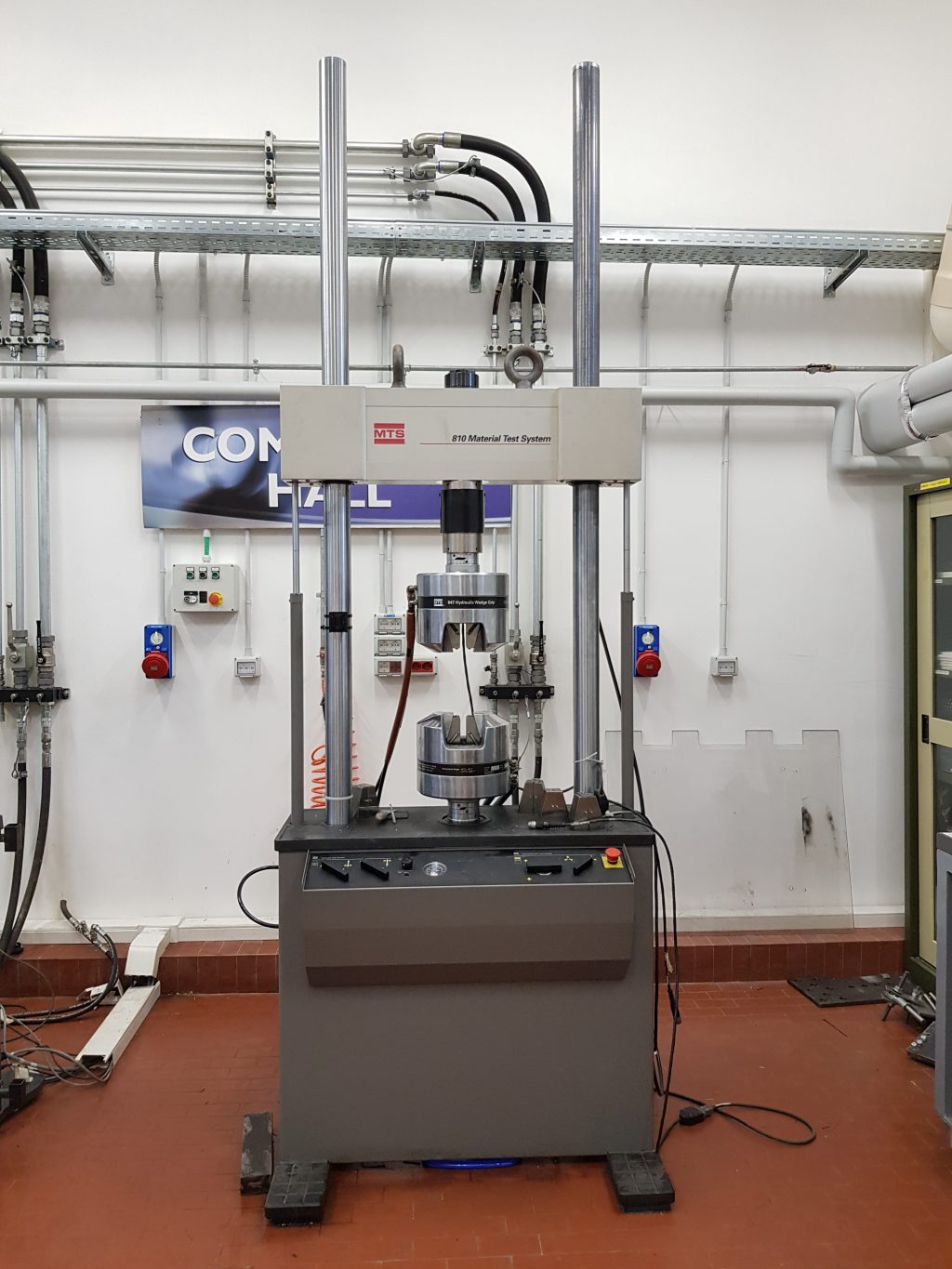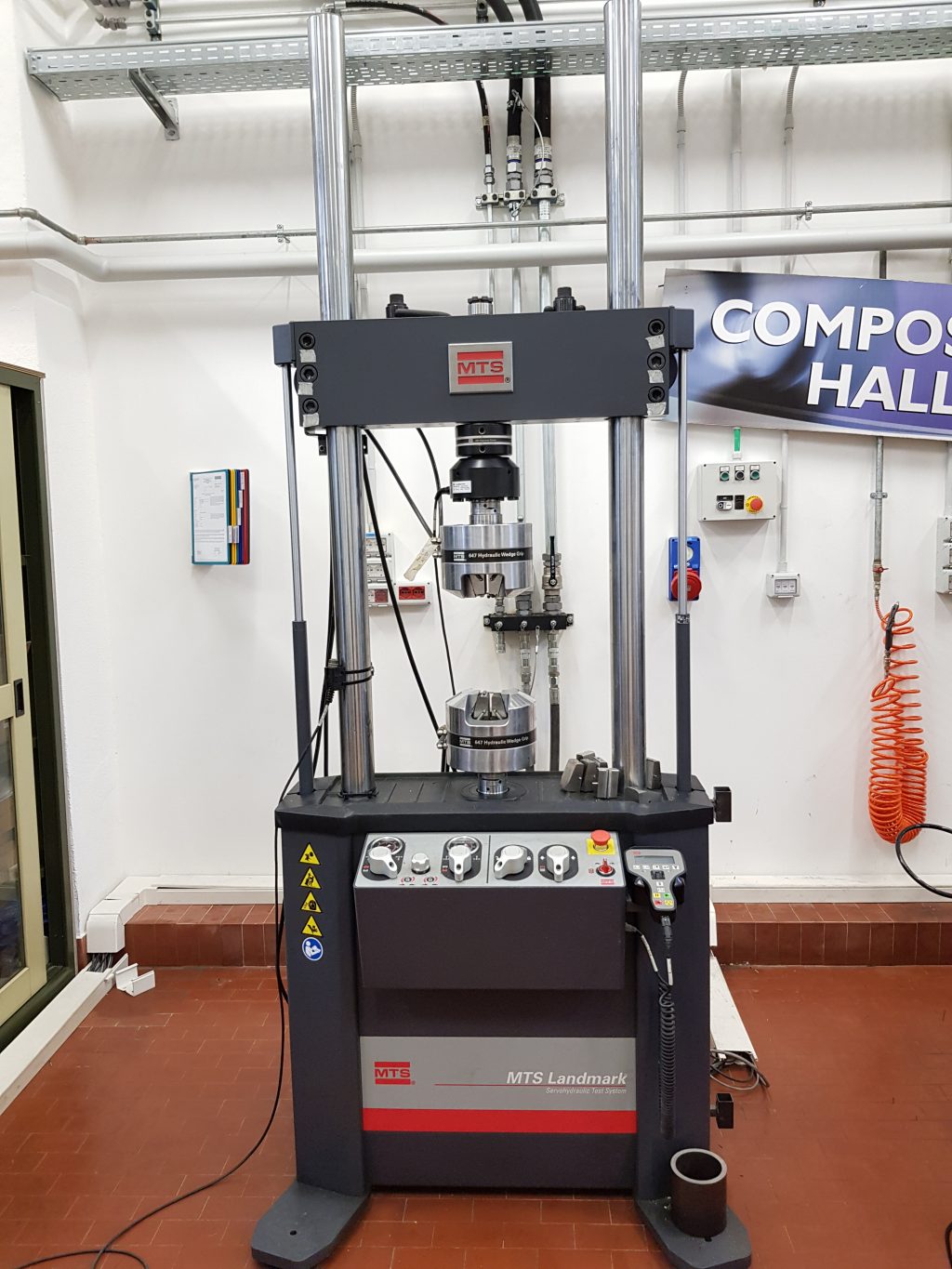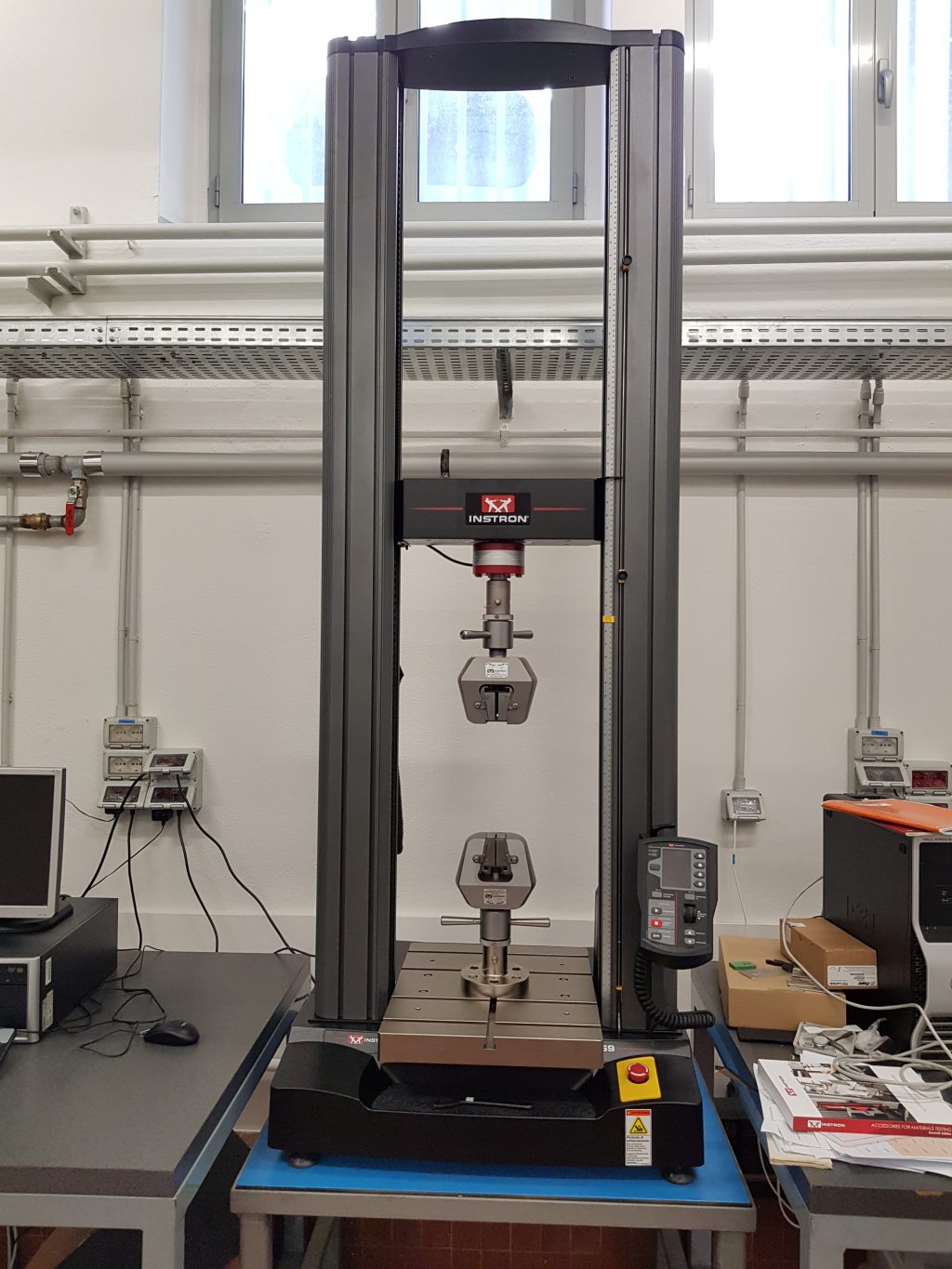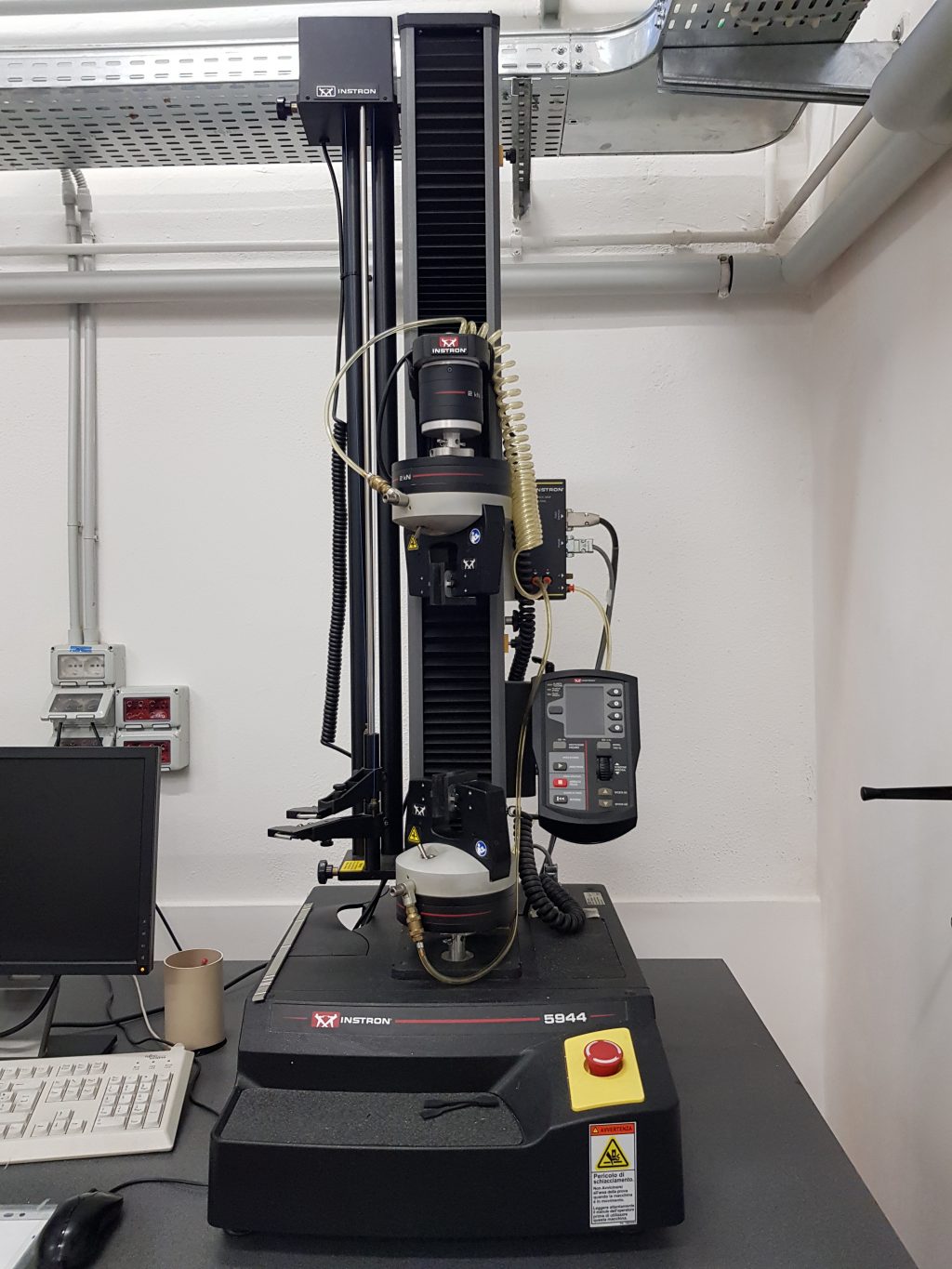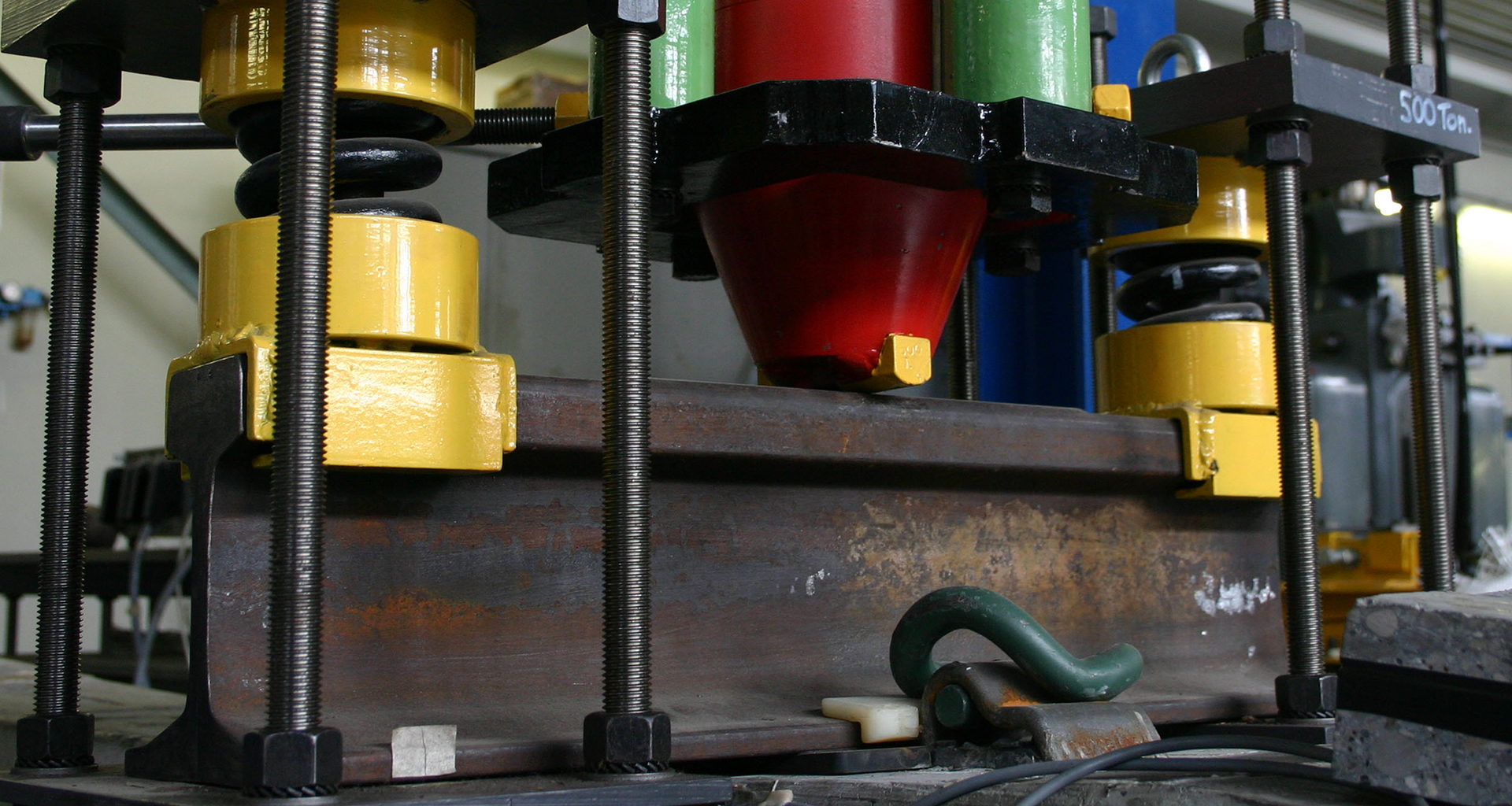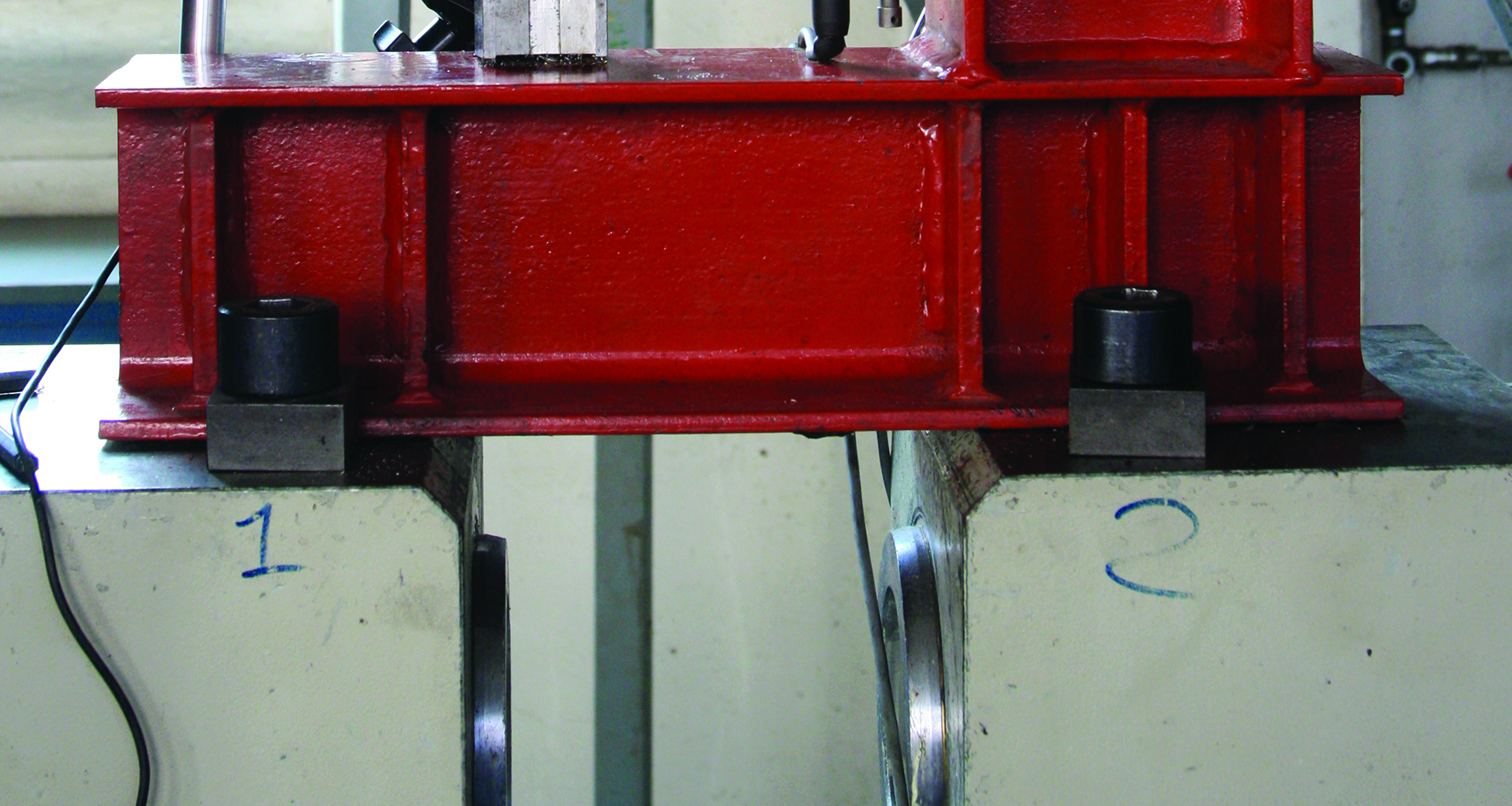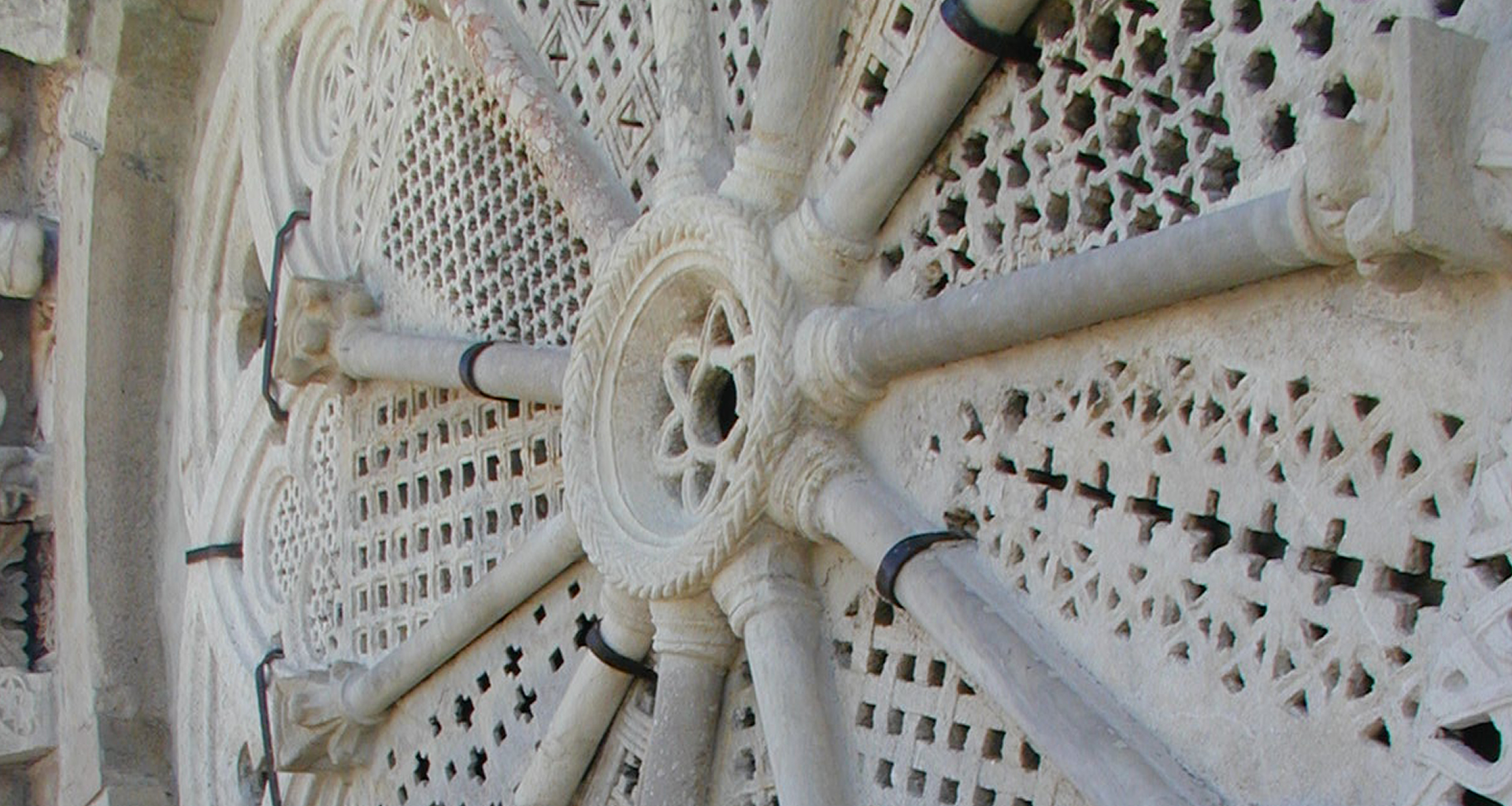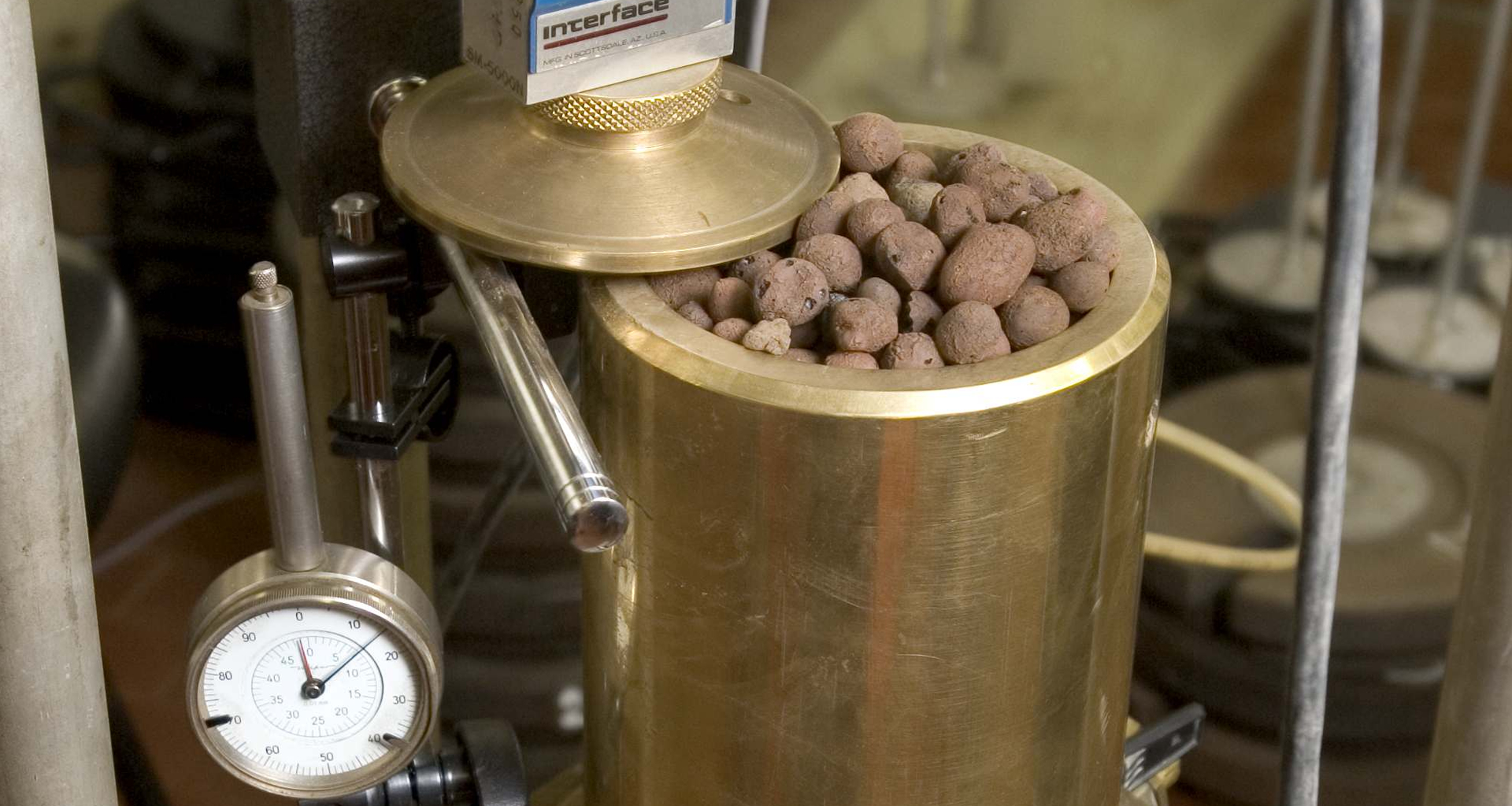Experimental activities
This segment of the Lab carries out experiments related to fiber-reinforced composites with plastic and cementitious matrices (FRP and FRCM). One focus falls on textile reinforced composites used in various industrial sectors, with particular interest in materials used for structural rehabilitation and reinforcement of structures in seismic areas. Another focus falls on FRP pultruded rods used as concrete reinforcements, as a potential alternative to conventional steel rebars.
The Lab is equipped to perform all major experiments for the mechanical characterization and the durability of the composites and their components (fibers and matrix). In particular, the following tests are performed:
• Semi-destructive and non-destructive testing for verification of reinforcement installation
• Climatic conditions: temperatures changes, humidity, UVA rays, salt water spray.
Certifications
All the experiments may be certified according to the major international standards or guidelines. In Italy the guidelines for composites for constructions are issued by the board of Ministry of Public Works and the national Research Council. The Lab is accredited by the national accreditation body ACCREDIA for the tests on composite materials reported in various international standards.
